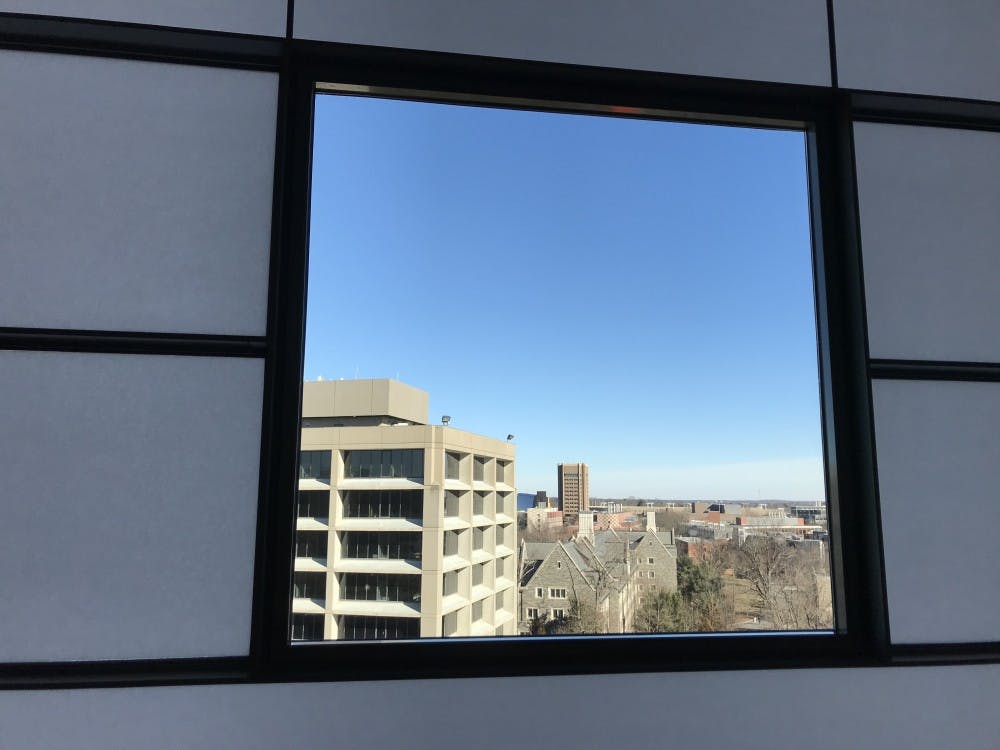The University promotes its precept system substantially in its marketing towards prospective students, noting on its admissions webpage that “the precept provides an open forum in which students are encouraged to voice their opinions and challenge those of their peers.” However, there are two traps that can easily doom the experience of a precept. One of these is having an excessive number of students in the precept itself. Another is a deviation from the aim most suitable for a precept in relation to the course’s content, a key example being a failure go beyond a review of readings and lectures.
There will naturally be differences in precept structure between departments and courses. Some precepts can afford to be larger than others, just as some precepts need to be reviews of technical content. Therefore, my critique shall be most applicable to certain disciplines within the social sciences and humanities. These fields will typically not require precepts to be what are essentially third lectures.
If a precept is to be a place where students can voice and challenge opinions, and if each student is to do this at least once in a session, then there must be an appropriate ratio of students to the amount of time a precept lasts. Imagine 15 students in a 50-minute precept. Even if the preceptor did not speak at all for the entire time, each student would only be able to speak for just over three minutes per session. To put this in perspective, if the precept meets a total of 12 times, each person would talk for just 40 minutes total. Of course, because some classes only have precepts meet 11 times, and because preceptors will obviously need to talk as well, a section that has received maximum capacity will not properly serve the function that it is intended to serve.
The University says that the goal of precepts is to create a space in which students can voice and challenge opinions. Yet how can one engage in serious debate if precept is merely a review of that week’s lecture materials or that week’s readings? It is understandable that professors must ensure that students are not falling behind, but office hours exist for this purpose. If a true spirit of discourse is to emerge in a precept, then there must be time to move past review and into a discussion of these lectures and materials. Another concern for preceptors is making sure students have done the readings, but I would argue that the right place for this concern is in grading assignments, not in turning precepts into quiz sessions.
To reiterate, the purpose of a precept will change depending on the area of study. If the University is going to argue that precepts are places of debate, it must live up to this claim through the courses which would fit this style of instruction. If not, then the University should consider changing the marketing on its admissions site to reflect its goal for students experiences during precepts.
However, under the current marketing the University should do its best to ensure that courses that are meant to include discussion-based precepts possess the resources to hold precepts that do not suffer from this overcrowding. This could be achieved through admitting additional graduate students or hiring more professors. Regardless of the path it chooses, our University community would benefit from a revitalization of the precept system that brings our day-to-day experience more in line with its portrayal on the admissions website.
Hunter Campbell is a senior politics major from Sunderland, Vt. He can be reached at hunterc@princeton.edu.









